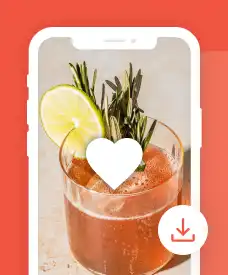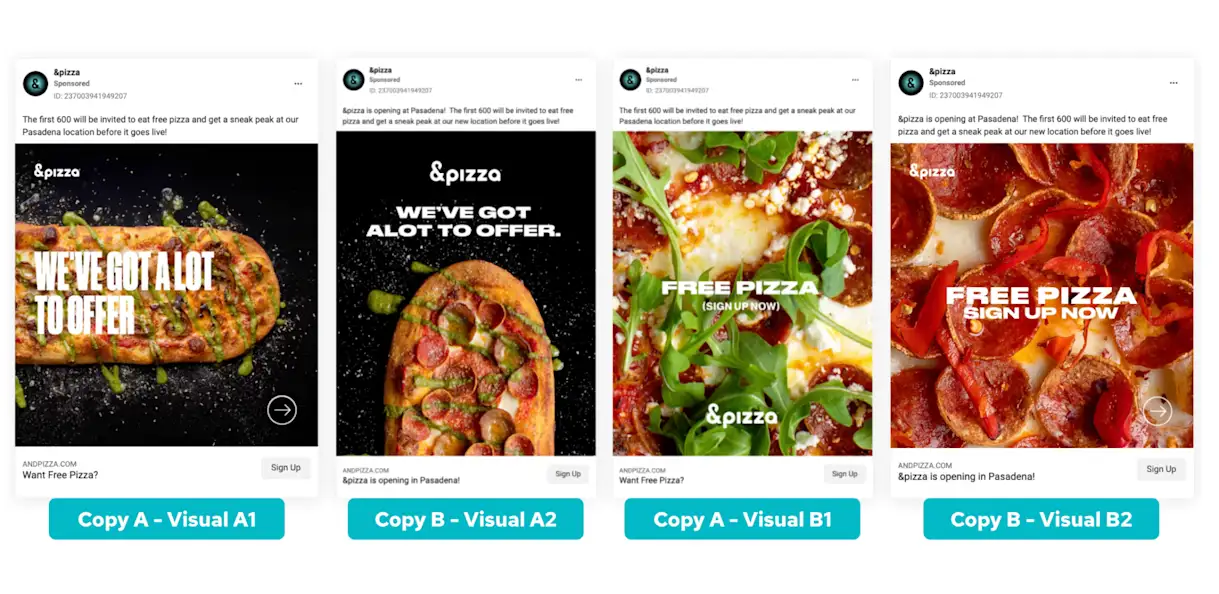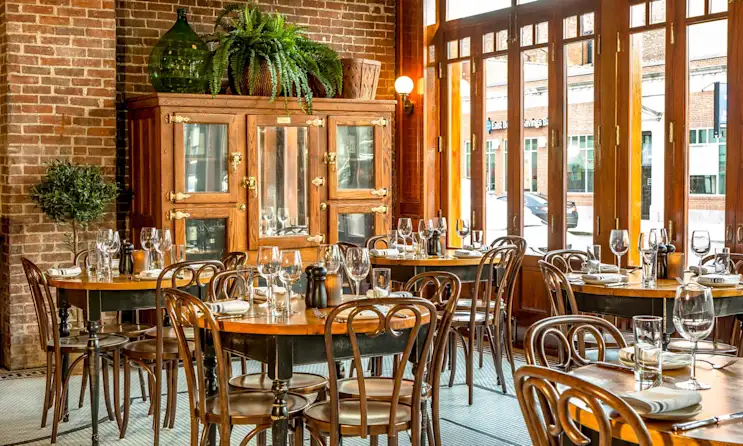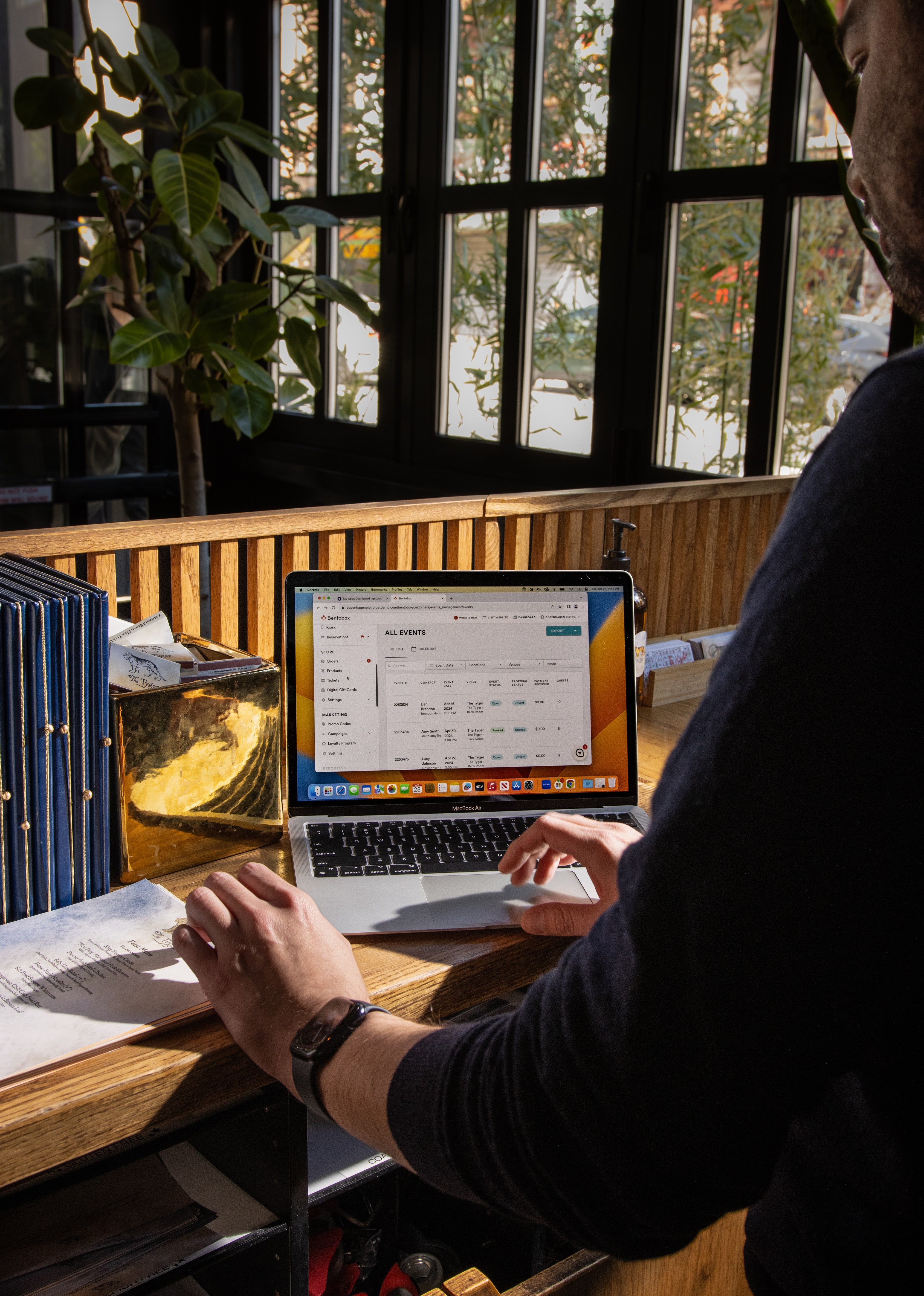Marketing
Social Media Marketing for Restaurants: 10 Keys to Success
We hosted a webinar with two leading experts on restaurant social media. They boiled success down to 10 essential tips.
Restaurants know social media is valuable, but many struggle to unlock its value. When they ask for advice — especially on the internet — they're met with conflicting information that is hard to implement.
To solve that, we spoke with two leading experts in restaurant social media marketing: Rachel Karten, the former associate social director at Bon Apetit, and Erika Nagy, the senior digital marketing manager at BentoBox. Together, they provide a concise, well-rounded overview of how restaurants can maximize social media with 10 Keys to Success.
Watch the webinar below or keep scrolling for a summary of takeaways.
Key #1: Choose One Platform to Invest In
You can't be everyone at once — especially if you have limited time and resources. Most restaurant marketers fall into that category, and they need to prioritize accordingly.
It's true that each social platform has its own audience, tone and culture, but don't stress about perfectly tailoring every post to every channel. Instead, choose one platform to invest in, learn which type of content works best there and develop content specifically for that userbase.
You can still post that content on other platforms if you have them, and sometimes you'll find efficiencies such as designing content for TikTok then posting it on Instagram, where Reels — Instagram's version of vertical TikTok videos — get good organic reach. But you don't need a separate TikTok strategy and Reels strategy to accomplish that. Design with TikTok in mind and consider anything you get from Reels an added bonus.
It may sound like this is accepting less impact, but the opposite is typically true. You get more impact being great on one platform than being mediocre on several.
Key #2: Establish a Clear Voice & Tone
There is no universally "correct" way to write for social media. The same way your menu reflects your culinary point of view, your copywriting should reflect your brand.
Having said that, social media is generally more casual and conversational than other marketing channels. A fine dining restaurant will sound stodgy if it writes Instagram captions the same way it writes its menu descriptions, but if it strays too far into "internet language," it may sound undignified and cheapen its brand. The key is finding a balance that adapts, but doesn't abandon, the restaurant's larger voice and tone.
For example, Yellow Rose is a self-described "humble" Tex-Mex restaurant in New York City. It has a friendly, low-key, neighborhood vibe that creates deep connections with customers. On Instagram, where it has more than 15,000 followers, it plays up those attributes with comically familiar copywriting, often in all-caps:

This is different than how Yellow Rose writes for other channels, but it doesn't feel out of place for its brand. Its website is also friendly and direct — and happens to use an all-caps typeface — but it tones down the humor and uses slightly more formal syntax, which feels more appropriate on that channel.
If you're struggling to define your social media voice, try the following brand exercise: Which celebrity or public figure would your restaurant be? Once you have an answer, research their social media handles to see how they write. Evaluate the writing for your own restaurant by asking if it sounds like that person.
Key #3: Define Your Visual Style
Restaurants have a built-in advantage over many other industries on social media: Food photography is one of the most popular content types. They don't need to make something like payroll software visually appealing.
However, this built-in advantage sometimes works against them. Since users' feeds are already filled with photos of restaurant food, their posts may blend into a "sea of sameness." On a channel where the name of the game is stopping users' thumbs, restaurant photos may actually blend in too much.
One way to overcome this is developing a unique visual style — usually with graphic design — that complements restaurant photography. Los Angeles burger spot Love Hour does this by applying a black-and-red frame around photos, creating an eye-catching Polaroid effect in the news feed:

Over time, a visual style like this becomes instantly recognizable to your followers — and if they like the content, that means they'll stop scrolling to view it. You may want to hire a graphic designer to help develop your style, but affordable tools like Canva make it easy for even amateur designers to apply designed templates moving forward.
One word of caution before developing your style: Don't get seduced by concepts that look great in the grid (like above) but don't look great in the feed, where posts appear one-by-one. The overwhelming majority of content gets viewed in the feed. A perfect visual style looks great in both places, but a concept that works in the feed but not the grid is more effective than the reverse.

RESOURCE
25 Creative Restaurant Instagram Ideas
Inspiration from the largest restaurant social accounts, with advice on how to apply it to your own strategy.
Key #4: Prioritize Short, Vertical Videos
You don't need a professional camera to shoot videos for social media. In fact, you're probably better off without one. Short, vertical videos shot on smartphones have emerged as the most popular content on the internet.
TikTok has been on the forefront of this trend. Its historic growth has fueled — and been fueled by — the popularity of short-form vertical video. Instagram and Facebook launched Reels to compete with TikTok, an endeavor they take so seriously that they tweaked their algorithms to give Reels more organic reach.
The beauty of vertical video is that anyone can shoot it — and because so many people do, users are conditioned to seeing less expensive, more realistic production value. This has democratized video content creation and allowed even resource-strapped businesses like restaurants to shoot diverse arrays of video content.

Filming your own marketing material can sound daunting to first-timers, but learning how to do it is a tremendous opportunity. Given the evolving social media landscape, it may not be long before restaurants with no short-form video strategy get left behind. Here are some tips to help restaurants get started:
Scroll through TikTok and Reels to learn best practices and see what’s trending.
Invest in a tripod to film stationary (not handheld) content.
Make the first three seconds count (e.g., preview the finished dish before cooking).
Film in natural light whenever possible.
Edit content in the InShot app (not native video editors).
Lead with personality and don’t be afraid to show your face.
Key #5: Create Recurring Series
A recurring content series is an idea that you can repeat in ongoing installments. Picture something like Throwback Thursday, but more unique to your brand.
Recurring content series give users a reason to follow your account and a sense of what to expect after they do. They also make it easier for restaurants to plan content, since they don't have to start from scratch every time they build a content calendar. Instead of a completely blank page, restaurant marketers can start by planning the next several installments of the series.
For example, Brooklyn pasta restaurant Lilia creates a series of Instagram Reels called the "Mafaldini flip." Each installment is a short, slow-motion video of a different staff member flipping the restaurant's Mafaldini dish in the pan. Each video is also set to a different song, including appropriate scores like "Stand Up" by Ludacris, which helps keep each installment fresh:

It doesn't have to be more complicated than that (though obviously, it can be). This simple recurring series reinforces the artistry Lilia puts into its dishes, showcases its personality, highlights its team culture, helps with content planning and likely reminds some followers that it's been too long since they dined there. Win-win-win-win-win.
Key #6: Interact With Your Community
In its early days, social media was largely a peer-to-peer communication channel. As it matured, it developed into more of a content consumption channel — one where people discover, follow and binge videos from "creators" they haven't met.
Businesses have been forced to adjust to this, becoming more like content creators themselves. However, that doesn't mean they should ignore the original promise of social media: the ability to connect and engage with customers. Those moments still go a long way, especially for restaurants, which excel at hospitality.
Respond to direct messages. Repost photos you're tagged in. Comment back and start a conversation. A positive back-and-forth on social media is just like a playful exchange between a server and a table on-premises. It builds goodwill and relationships in an industry built on them.

Beyond that, engaging with customers does help performance. Instagram in particular uses engagement as a key signal in its algorithm, which dictates how many people see the content. Conversing with one user might be the key to getting your post in front of another user — and that post might be the key to turning that second user into a customer.
Every impression is a chance to leave an impression.
Key #7: Add Details & Features to Your Page
It's true that more people view your content in the feed than on your page. However, that doesn't mean you should neglect your page. You will still drive a good amount of users there, and those users are especially valuable because the action they took to get there — clicking on your profile — is a strong signal of interest.
A well-crafted social page should satisfy that interest with details about the restaurant and features designed to convert users into customers. A well-crafted restaurant description, story highlights that answer FAQs and a link that drives back to your restaurant website can all help diners learn more about the restaurant.
With BentoBox's Facebook & Instagram ordering integration, you can also place "Order Now" buttons directly on your page and "Order Now" stickers directly in your stories. Diners can then place orders directly through their social apps — no extra hassle of bouncing between platforms — and they'll be processed through the same online ordering system as other direct orders.

This feature is especially useful for limited-time offers and specials promoted through Instagram stories. The time-bound component urges diners to order quickly, and the seamless experience converts them while they're still in that mindset.
If you've built an organic social audience but struggled to convert it into short-term, measurable revenue, features like this are a great way to get started.

PRODUCT
Online Ordering for Restaurants
Drive more revenue with unified, branded, commission-free online ordering.
Key #8: Post at a Consistent Cadence
It may sound obvious, but it needs to be said: The best way to grow a social account is to post consistently and post often.
According to social media consultant Rachel Karten, Instagram once called this their No. 1 tip for growth. "They told the story of two bloggers who posted the same type of content, but one posted every day and one posted every week," Karten said in our March 2022 webinar. "The one who posted every day grew three times as fast."
In other words: You should publish as much quality content as you're able to create, even if some posts have less polish than others. As mentioned above, social algorithms actually favor the "authentic" aesthetic created by less polished content.
This is one of many reasons that a restaurant's workplace culture matters. When a restaurant staff feels like a team, and that team is all pulling the same direction, they can work together to proactively find content opportunities. This comes through in a content series called "iPhone Finds" from Woon Kitchen in Los Angeles, which posts a weekly album of behind-the-scenes content captured by staff:

Key #9: Use Paid to Amplify Your Biggest Posts
It varies a bit by channel, but organic social media posts typically reach just 10-20% of your followers. That 10-20% consists of your most engaged audience, and there's often value in reaching those "super fans" — but some campaigns require reaching people outside your core community.
Examples of campaigns like this include:
Limited-time promotions, where a special item or deal can help acquire first-time diners
New location openings, where you need to drive awareness with people who don't know you
Key events & partnerships, where leveraging a co-branded experience can enhance your reputation
Even more than video production, learning to run paid social ads can sound daunting. However, it's easier to learn than most people realize. A big portion of Facebook's ad business actually comes from small businesses with limited advertising experience, and its tools are designed accordingly. The same is true of its advertising resources, which teach small businesses the basics of running a campaign.
When used strategically and correctly, even $100 of ad spend can supercharge a restaurant's social media marketing efforts. Choosing the right campaign to promote is often the biggest variable.
Key #10: Always Use Multiple Paid Ad Creatives
When you post to social media organically, you only get one bite at the apple. You take the picture or shoot the video, edit it, write copy, then post it and hope it does well. If it doesn't, you go back to the drawing board.
Paid social content is a little different. On paid campaigns, you're allowed to upload multiple pieces of content (known as ad creatives) and run them as part of the same campaign. The social network's algorithm will spend a little budget on each piece of content — enough to get a statistically meaningful sample — then apply the rest of the budget to whichever drives the best performance.
You may think the one piece of content you created is perfect for your ad campaign, but you have nothing to lose by creating at least a couple variations. A variation can be as big as a content format (image vs. video) or as small as a tweak to the copy. See here for an example of four variations in a Facebook ad campaign from &pizza:

In the example above, let's say the budget is $1,000. Facebook might allocate $25 to each version ($100 total) to see which drives the lowest Cost Per Signup. Once it determines the answer, it will allocate most — or all — of the remaining $900 to that version, giving your campaign the best overall results. If you have a small audience and that version starts to fatigue them, the algorithm will detect that and swap in the No. 2 performer. All without the touch of a finger.
That example is a little oversimple, but it's more or less how paid social works. When you upload multiple creatives, you allow one of the world's smartest machine learning algorithms to work on behalf of your restaurant's objectives. You get multiple bites at the apple, and you make each dollar work harder for you. Unless you have money to burn, that's important.

BentoBox Marketing & Commerce Platform
Deliver Smarter Hospitality
Want to stand out online, bring in more money, engage your diners, and streamline operations?
Recommended

Holidays
8 Ideas for Restaurant Holiday Promotions & Events
October 5, 2021
Check out these examples of restaurant events, and see if they make sense for your upcoming holiday plan.

Marketing
10 Unique Restaurant Promotion Ideas to Boost Sales
September 12, 2024
Special offers are a great strategy for getting more diners through your door.

Marketing
27 Subject Line Ideas for Your Restaurant Emails
December 1, 2022
Boost your email marketing strategy and improve your open rates with better subject lines. Plus, learn what types of restaurant emails you should be sending.

